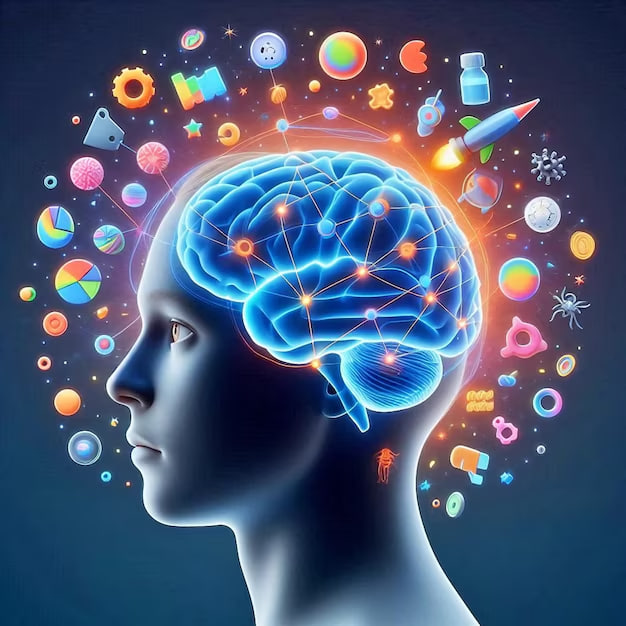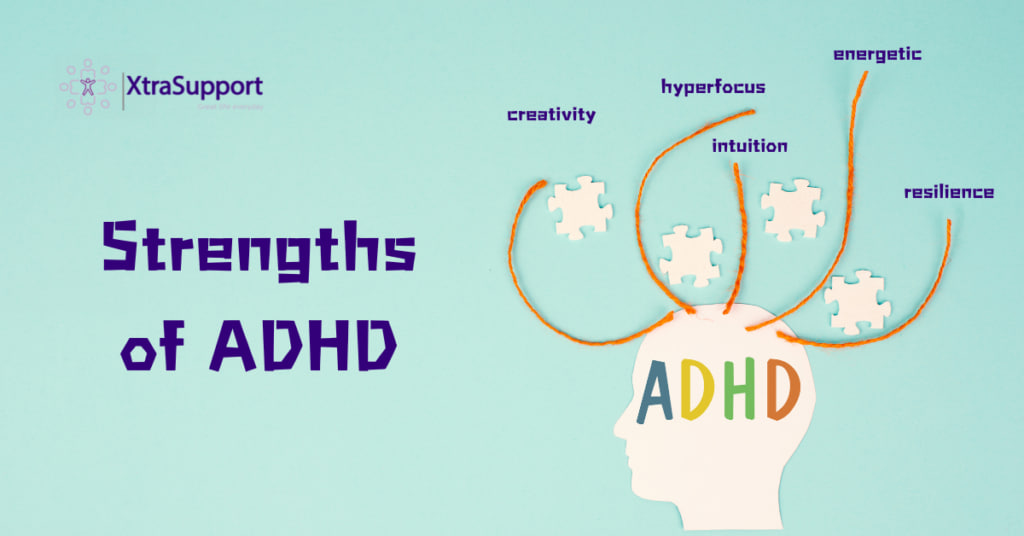High ADHD Recognizing : The Full Meaning Of (ADHD) Is Attention-Deficit/Hyperactivity Disorder a neurodevelopmental disorder that manifests in various ways, particularly when symptoms are more pronounced, often referred to as “high ADHD.” Understanding the common behaviors and responses associated with high ADHD can be crucial for caregivers, educators, and individuals themselves. This awareness can foster better support and coping strategies, enabling those affected to thrive in their daily lives.

1. Impulsivity
One of the hallmark characteristics of high ADHD is impulsivity. Individuals may act quickly without considering the consequences, which can lead to hasty decisions or risky behaviors. This impulsivity can manifest in various contexts, such as interrupting conversations, blurting out answers in class, or making spur-of-the-moment purchases. Recognizing this behavior is vital, as it can help caregivers and educators implement strategies to manage impulsivity, such as setting clear expectations and providing gentle reminders.

2. Inattention
High ADHD often involves significant challenges with attention. Individuals may struggle to focus on tasks, leading to unfinished projects or difficulty following instructions. They might be easily distracted by noises, movements, or even their own thoughts. This behavior can create frustration, both for the individual and those around them. To support someone with high ADHD, it can be helpful to create structured environments with minimal distractions and clear, concise instructions.

3. Hyperactivity
While not all individuals with ADHD are hyperactive, those with high ADHD may exhibit heightened levels of restlessness and energy. This can manifest as fidgeting, difficulty remaining seated, or a constant need to be in motion. In classroom settings or during meetings, this hyperactivity can be disruptive. Recognizing these behaviors allows for the implementation of strategies such as scheduled breaks or the use of fidget tools to help channel energy positively.

4. Emotional Dysregulation
Individuals with high ADHD often experience emotional responses that can seem disproportionate to the situation at hand. They may have difficulty managing frustration, leading to outbursts or feelings of being overwhelmed. Recognizing emotional dysregulation as a symptom of ADHD is crucial for creating supportive environments. Teaching coping mechanisms, such as deep breathing exercises or journaling, can help individuals manage their emotions more effectively.

5. Difficulty with Organization
High ADHD is frequently associated with challenges in organization and time management. Individuals may struggle to keep track of their belongings, maintain schedules, or prioritize tasks effectively. This behavior can result in missed deadlines, lost items, or a general sense of chaos. To address these challenges, implementing organizational tools such as planners, reminders, and visual aids can significantly help individuals manage their responsibilities.

6. Social Challenges
Social interactions can be particularly challenging for those with high ADHD. Impulsivity and hyperactivity can lead to difficulties in conversations and relationships, as individuals may interrupt others or struggle to read social cues. This can result in misunderstandings or social isolation. Recognizing these challenges can help caregivers provide guidance on social skills and encourage positive peer interactions.

7. Strengths and Creativity
While high ADHD can present various challenges, it’s essential to recognize the strengths that often accompany it. Many individuals with high ADHD exhibit creativity, enthusiasm, and the ability to think outside the box. Encouraging these strengths can lead to innovative problem-solving and unique perspectives in various settings. Providing opportunities for creative expression can help harness this potential.

Recognizing the common behaviors and responses associated with high ADHD is a crucial step in providing effective support and understanding. By identifying impulsivity, inattention, hyperactivity, emotional dysregulation, organizational difficulties, social challenges, and inherent strengths, caregivers, educators, and individuals themselves can develop strategies to navigate daily life more effectively. With the right support and understanding, those with high ADHD can thrive and harness their unique qualities for success.
Recommendation: KPOP NEWS ASIA




